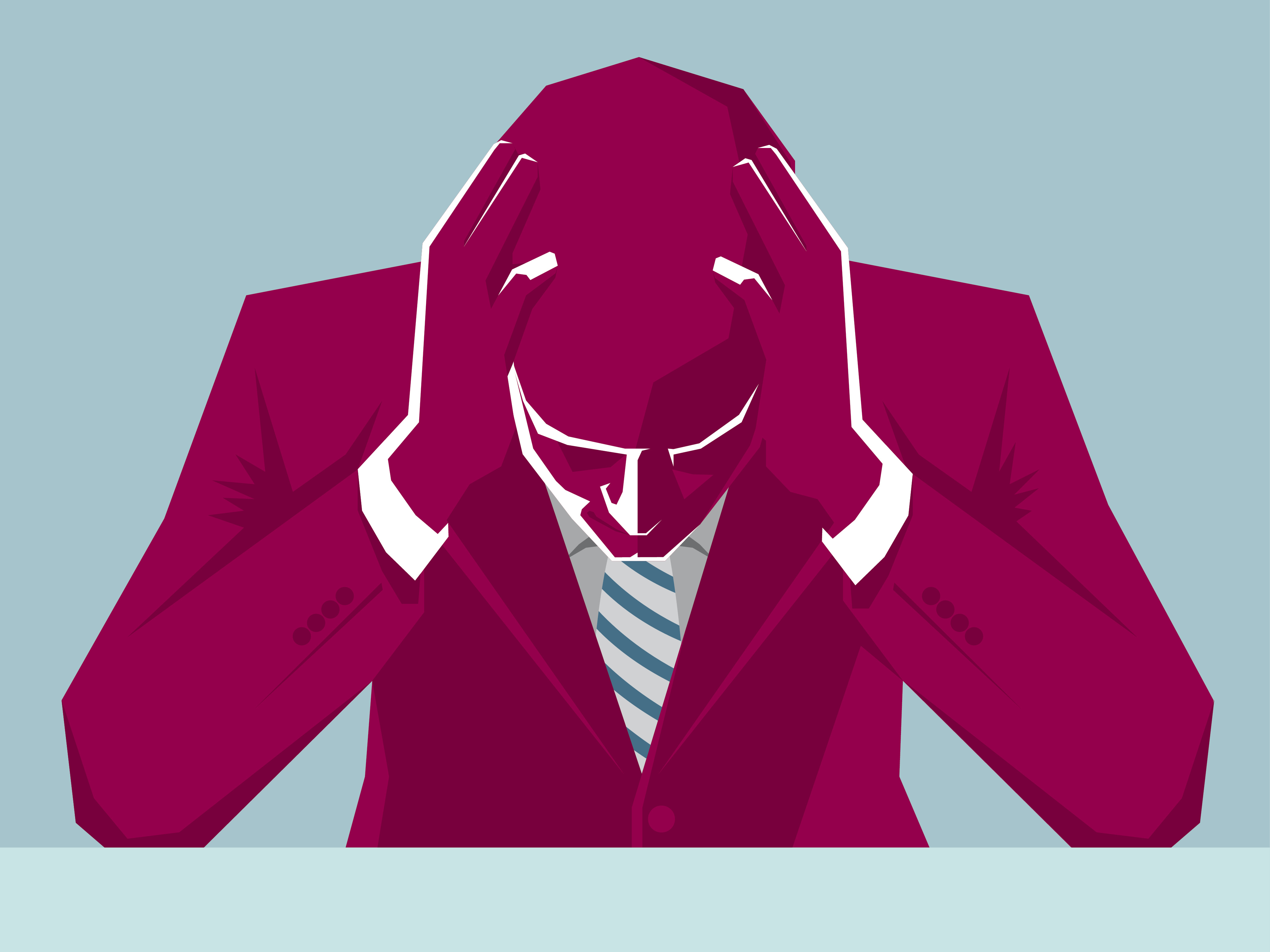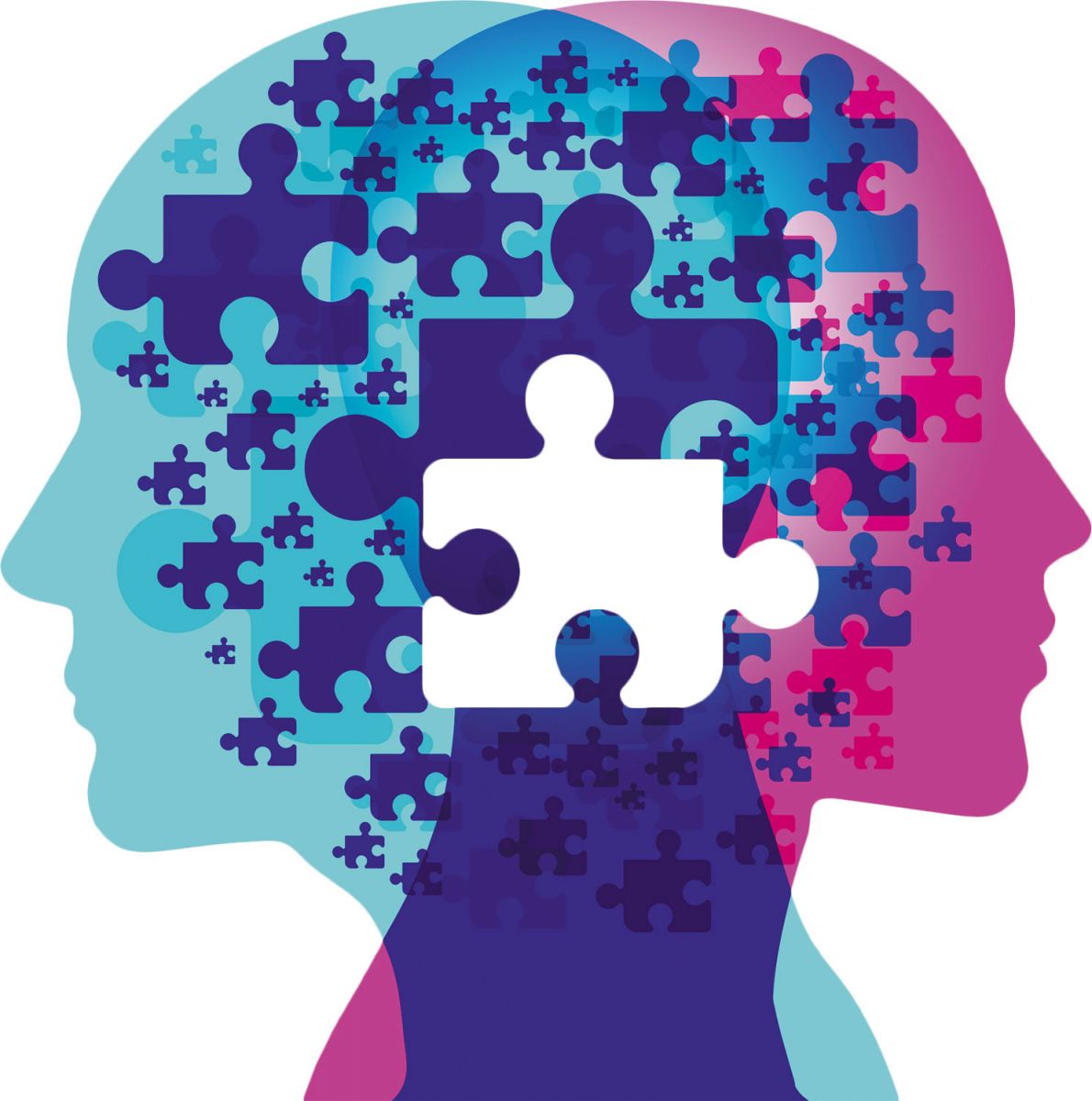https://www.nami.org/Blogs/NAMI-Blog/May-2016/Exercise-for-Mental-Health-8-Keys-to-Get-and-Stay. Accessed Sept. 7, 2017. Exercise for tension and anxiety. Stress And Anxiety and Anxiety Association of America. https://adaa.org/living-with-anxiety/managing-anxiety/exercise-stress-and-anxiety. Accessed Sept. 7, 2017. Zschucke E, et al. Workout and exercise in psychological conditions: Medical and speculative proof. Journal of Preventive Medicine and Public Health. 2013; 46:512. Anderson E, et al. Impacts of workout and exercise on anxiety.
A current Institute of Medication (IOM) report offers a beneficial and distinct framework for interventions of psychological health disorders that includes psychological health promotion, prevention, treatment, and upkeep (). Mental illness include psychological and behavioral signs defined by The Diagnostic and Analytical Handbook of Mental Illness (DSM) and the International Category of Disease (ICD).
The IOM framework provides an useful organizational scheme to go over current exercise and physical activity interventions and to determine top priorities for future study (). Initially, it is necessary to get an understanding of the magnitude of the problem to comprehend how commonly workout interventions might be implemented. The World Health Company (WHO) now has actually released a number of research studies on the prevalence, seriousness, and treatment of mental illness using a structured diagnostic interview, thus enabling cross-national comparisons ().
Low prevalence rates for any mental conditions are 4.3% in Shanghai China, 4.7% in Nigeria, and 8.2% in Italy. The greatest yearly frequency rates are 26.3% in the U.S., 20.4% in the Ukraine, and 18.4% in France. Differences in prevalence rates may be because of the cultural preconception of mental illness and to the accessibility of psychological health services.
In addition to the failure to get any treatment, there is likewise a considerable delay in seeking treatment for mental illness that is extremely dependent on each country's mental health delivery system, funding, type of condition (), and the preconception connected with looking for treatment (). For example, the mean delay for seeking treatment for a stress and anxiety condition is 3 yr in Israel and 30 year in Mexico (). how a patient body language affects doctors mental health.

All about When Your Mental Health Is Not Healhty It Affects Your Physcial Health
Data reveal that those who have psychological disorders die 10 to 15 year earlier than the basic population, and major contributing aspects include preventable heart diseases resulting from bad way of life options like physical inactivity (). Provided the lack of treatment, the delay in looking for treatment, and the high morbidity and mortality due to psychological illness, physical activity and workout most likely might play a substantial function in the prevention and treatment of mental conditions in addition to basic evidence-based treatments that includes pharmacotherapy and cognitive behavioral therapy (CBT).

In spite of this lack of proof for the integration of exercise or exercise, agreement recommendations do promote its usage, and in some nations like Great Britain, it has become more incorporated into treatment of select psychological conditions, like depression (). This review will offer recently published data on the use of exercise to avoid anxiety using the IOM standards. how social media affects one's mental and physical health.
Likewise, this review will upgrade treatment studies of exercise and physical activity to treat mental illness, focusing first on the mental illness' result, such as depression conditions or anxiety conditions, and also categorizing workout treatments as a monotherapy, an enhancement, or add-on treatment (e.g., Does adding workout improve signs, or as an adjunct or mix? Does adding workout improve other outcomes, e.g., blood sugar in depressed patients with diabetes or lifestyle in all age?).
Finally, how workout research has actually progressed from public health to effectiveness and efficiency, with the requirement to advance to dissemination and integration into physical and mental healthcare will be discussed briefly. This appraisal of current studies will not cover mental or biological mechanisms that may underlie results (how gambling affects mental health). Readers are referred to current reviews that can supply more complete information ().
The conclusions of this report, based upon cross-sectional and potential epidemiological information, are that exercise can safeguard versus sensations of distress, improve mental well-being, safeguard against signs of stress and anxiety and development of anxiety disorders, safeguard versus depressive signs and development of significant depressive disorder, and postpone the results of dementia and the cognitive decrease associated with aging.
About How Music Affects Your Mental Health University Studies
Avoidance studies conceptualized by the IOM consist of universal preventive interventions targeted at a broad part of the population; selective preventive interventions are targeted to at-risk groups based upon ecological, genetic, or situational danger aspects; and showed preventive interventions are directed to high-risk, subsyndromal individuals who are at an increased threat of developing a mental health disorder.
Regardless of a 2006 Cochrane Evaluation on the avoidance and treatment of stress and anxiety and anxiety disorders (), there are no published studies of workout treatment that might be categorized as avoidance interventions utilizing the IOM classification plan with the objective of avoiding the beginning of the condition. what to do when mental health affects work. Moreover, this review has actually been slammed for improperly describing the study sample, incomplete descriptions of the type, duration, intensity, and frequency of workout, and lack of reporting of adherence to the treatments under investigation ().
An example of universal avoidance programs for children and teens would be to need exercise as part of all school days from elementary schools through high school. Such physical Mental Health Delray activity programs might be integrated with resilience training or evidence-based coping skills training programs. Selective interventions may target children and teenagers whose parents have a mental disease, and as soon as again exercise or exercise may be integrated with evidence-based coping skills or other evidence-based avoidance programs.
Prevention scientists also should establish a much better understanding of whether any type of avoidance program would be acceptable to the target audience. A current research study in Germany concentrating on depression disease found that people had favorable understandings of prevention programs in similar method as they positively regard cancer or diabetes avoidance programs.
They also felt that lifestyle programs would be most appropriate (). Studies such as this indicate the importance of comprehending what is practical and appropriate for the development of each kind of prevention program. This survey is an example of the kind of accretion of research studies that caused large-scale prevention interventions such as the Diabetes Avoidance Project (DPP).
Get This Report about How Negativity Affects Mental Health
Structure this clinical foundation for a large-scale depression and/or anxiety avoidance job will be required if progress is to be made to understand what function workout can play in the prevention of lots of types of mental illness. In addition, the conduct of these kinds of prevention programs will need a shift in believing that relocations beyond the traditional illness design, a combination of physical and psychological health within and beyond the present health care systems, and much better communication among a variety of disciplines that includes an understanding of various developmental phases and respect for research study and practice in several disciplines ().
In addition, pediatricians typically are the first health care experts to see the beginning of mental illness in kids and teens, however they typically lack the training or tools to deal with kids and teenagers with these symptoms. It is approximated that nearly 24% of check outs to pediatricians are for behavioral and psychological illness ().
In the existing treatment guidelines for depression from the National Standard Clearinghouse, workout is suggested only as an adjunctive self-management treatment based upon consensus instead of proof (). This suggests the evidence for workout as a treatment for depression is insufficient to advise it as a front-line treatment for this disorder.